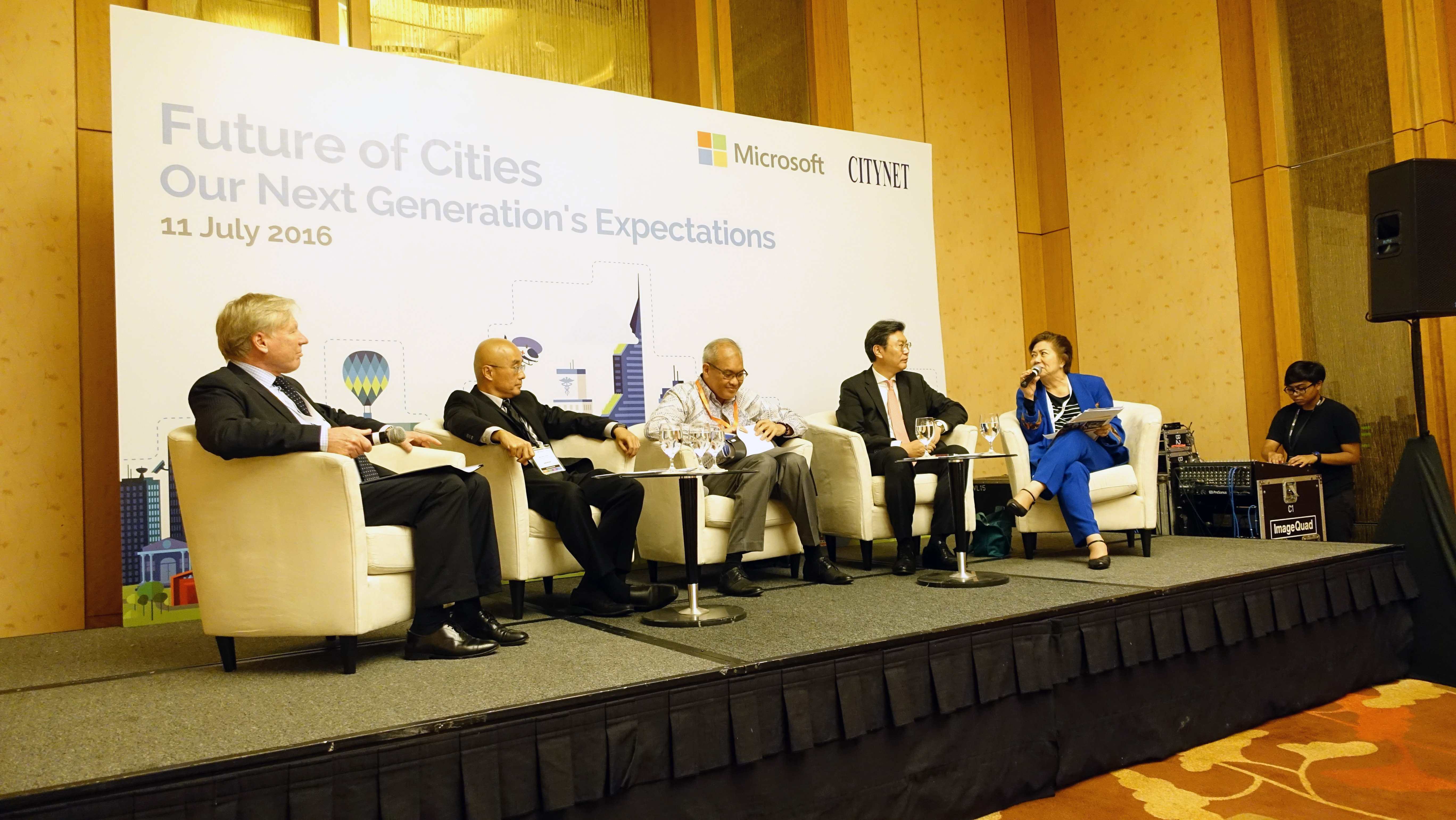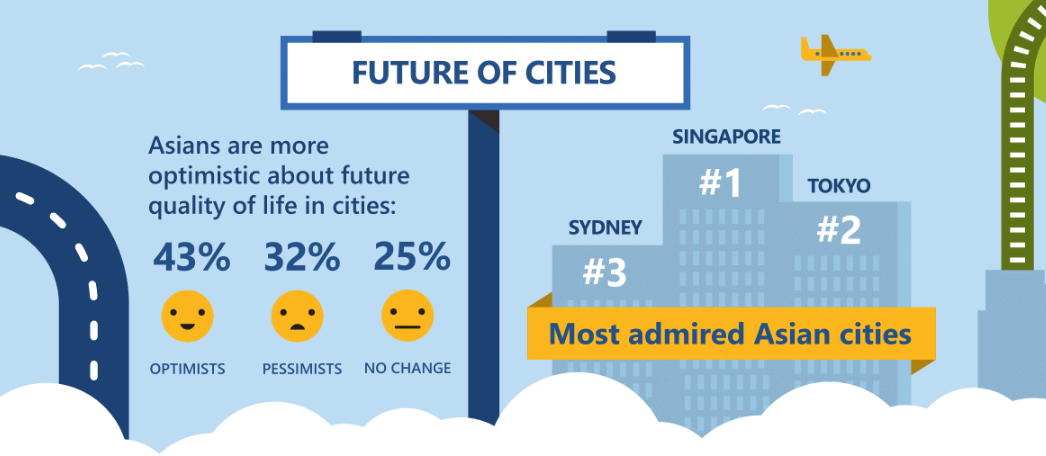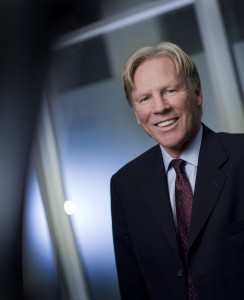This blog post was authored by Stefan Sjöström, Vice President of Public Sector Asia, Microsoft
Are you feeling optimistic?
Across Asia, there is a markedly different response to that question. In some cities, people feel generally pessimistic about the future, new Microsoft research has found, while other Asian cities have high levels of optimism.
What has caused this, and what does it mean for city governments?
We surveyed thousands of people across Asia Pacific, weighting the findings for an even split between 10 cities, covering all generations equally and achieving statistical confidence of 95%.
We found that the top six most optimistic cities in Asia are: Mumbai, Jakarta, Delhi, Manila, Shanghai and Tokyo.
Meanwhile, the top six least optimistic were: Sydney, Taipei, Singapore, Osaka, Seoul and Bangkok.
At first glance, the most optimistic seem to be poorer than the pessimists, but Tokyo is one of the richest cities in the world and still has many citizens who feel that life will improve for them in the next decade.
Being more affluent doesn’t directly affect citizens’ enthusiasm. Instead, there must be other factors that affect how positive a city is.
We recently ran a session with city mayors to discuss this in more detail, and I put this question to our panel.
This is causing “extra burdens and stress on the public sector” because officials need to embrace those who are not feeling fully respected, he said. “There are more needs emerging in the public sector – in both local and central government – to further reflect the voices and needs and complaints from those growing up.”

This comment is matched by our survey findings on the most useful way that technology can improve living conditions in a city. Many citizens in Seoul – 66% – thought that technology could be used to provide information to residents about city services, and the same percentage thought it could improve communications between the people and the city.
These two findings were, in fact, the most popular uses of technology for all cities, with agreement from 80% and 79% of cities respectively.

Jakarta is a city that has prioritized this over the past year, its Deputy Governor told us at our session, and this may reflect why citizens there were so optimistic – including the younger generation.
“Young people are looking for jobs and want to start their own businesses. Our government provides them with an office,” Mr Oswar Muadzin Mungkasa said. “They can also come to our office to print everything out and it is free.” This is a new policy he said of reshaping government services to help younger citizens find employment.
Microsoft has found that appathons are a good way to bring young people into the economy and encourage them to work with government. We ran one last year in Makassar, and had 500 people in the room with an exciting vibrancy. But in Indian cities, where citizens are amongst the most optimistic, we had demand for 75,000 developers to work with government data at one of our appathons.
Singapore was the most pessimistic city, we found, but interestingly, the city where most citizens in other places wanted to live, according to our survey.

Michael Khoo of the Centre for Liveable Cities suggested that the “grass is always greener” and so while the city has a strong baseline, “people expect more from us.” Expectations for the government have increased, and so the challenge is how to better communicate and interact with citizens.
“The key issue rests with each of us: whether as a civil society we look after each other, whether in times of need we are resilient, those are the key tests that will bring society to the next level,” he said.
Singapore is using technology as an enabler to build this resilience in younger generations, he said, particularly by reshaping the economy to promote technology startups. Old factories have been converted into startup hubs, and there’s “enthusiasm and knowledge in bringing this forward.”
This shows that, even in the richest countries in the world, there is scope to create platforms and do more on citizen relations.
Cities are moving past the one-way service – where the city communicates to you – to the two way service, where it listens, responds, and uses data to provide opportunities.
This has create potential in everything from residency applications to business permits, where feedback and guidance is crucial to guide the citizen journey.
The challenges raised by the Mayors can all be assisted by technology. Platforms built on the cloud provide opportunities to share datasets, build software ecosystems, connect with citizens and boost optimism.
There can be closer communication with city residents than ever before, with new businesses created and booming economies created.
Regardless of your city, that’s a reason for optimism.





